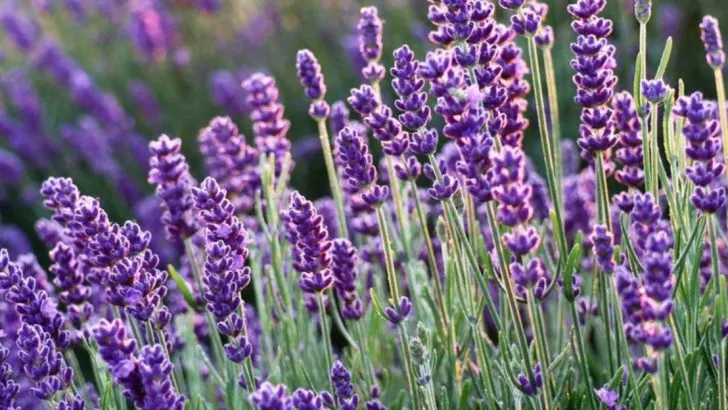If you garden in a Zone 5 climate, you know the challenges: long winters, short growing seasons, and the constant gamble of spring frosts. But not all herbs are fair-weather friends. Some perennial herbs thrive year after year, even in cooler zones—coming back stronger each season with minimal fuss. Knowing which ones to count on can save you time, money, and mid-summer heartbreak.
In this guide, we’ll explore 8 hardy herbs that actually love Zone 5 gardens, plus 8 popular picks that just can’t handle the cold and often disappoint. Whether you’re dreaming of fragrant borders, fresh tea leaves, or a hands-off herb patch, these insights will help you plant smarter and enjoy a thriving perennial herb garden that fits your zone perfectly.
Lavender
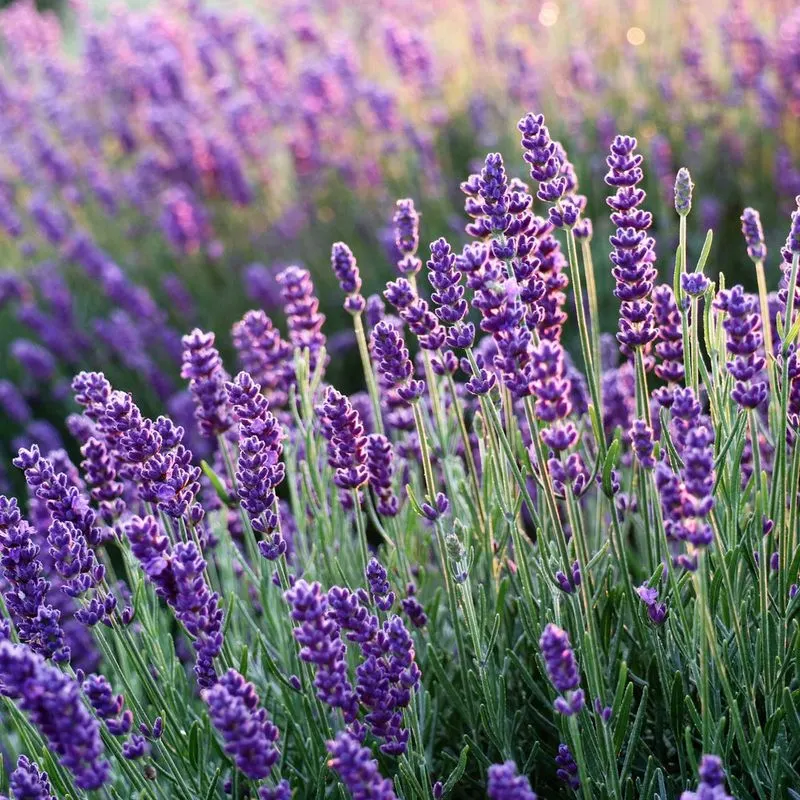
Lavender thrives in Zone 5 with its fragrant purple blooms and silvery foliage. It adds both beauty and scent to gardens, attracting pollinators. This herb requires well-drained soil and plenty of sunlight to flourish. Planting it in raised beds or containers can help manage the drainage needs. Regular pruning ensures vigorous growth and abundant blooms. Its aromatic presence is not just pleasing to humans; butterflies and bees love it too. Lavender also makes a delightful addition to homemade sachets. Its resilience to cold makes it a perennial favorite in these gardens.
Mint

Mint is a hardy herb that thrives in Zone 5, spreading rapidly with its refreshing aroma and vibrant green leaves. It is best grown in containers to prevent it from overtaking the garden. This herb appreciates moist soil and partial shade, making it a versatile choice for various garden spots. Adding mint to teas, salads, and even desserts brings a refreshing twist. Its robust growth requires regular trimming to keep it in check. Gardeners appreciate its ability to repel pests naturally. It’s a delightful addition for any herb enthusiast.
Thyme
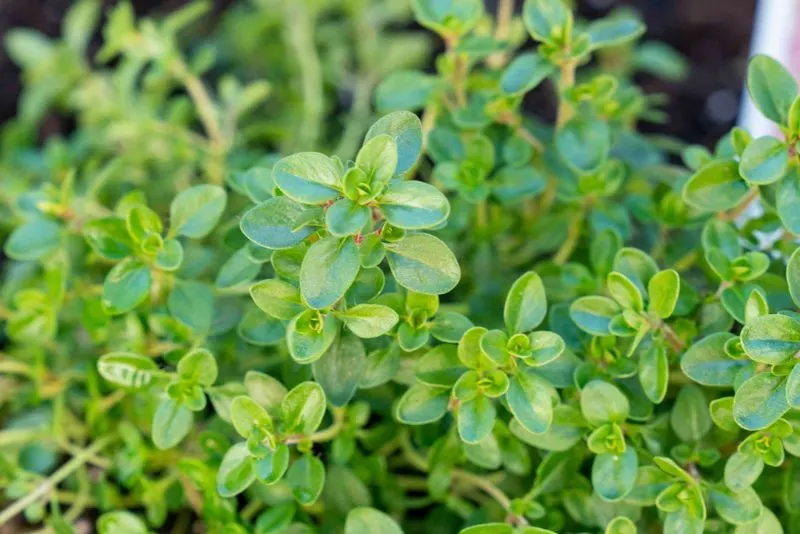
Thriving in the nooks and crannies of a Zone 5 garden, thyme is a low-maintenance herb. Its tiny leaves and subtle aroma make it a culinary favorite. This perennial loves the sun and well-drained soil, often flourishing in rock gardens or pathways. Its creeping nature adds texture and interest to landscapes. Thyme’s resilience to cold weather and minimal water needs make it ideal for busy gardeners. Beyond its culinary uses, thyme is known for its medicinal properties. It’s a must-have for both chefs and garden enthusiasts.
Chives
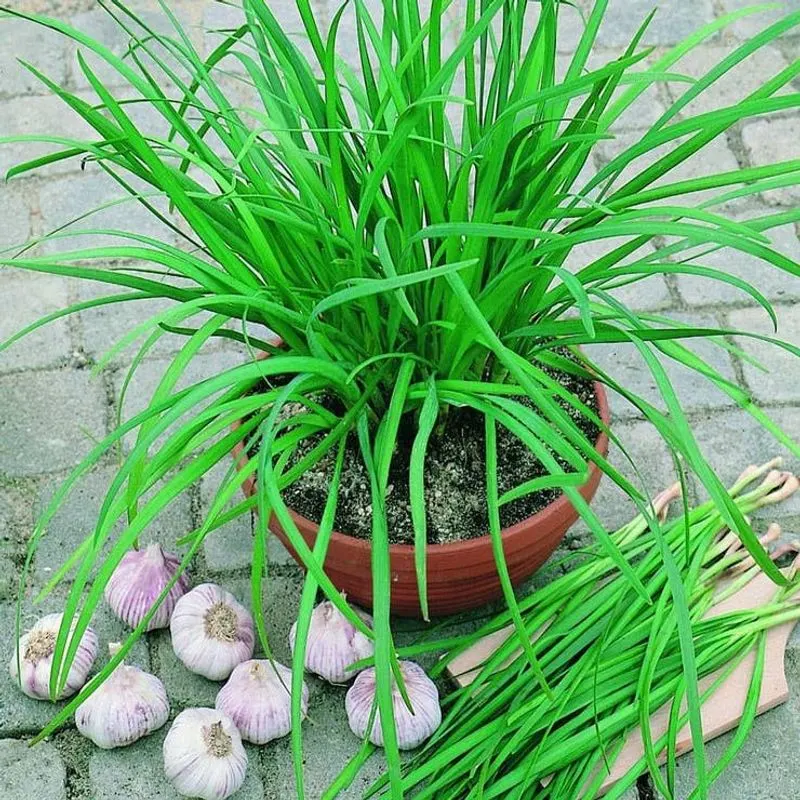
Chives, with their onion-like flavor and lovely purple flowers, are a delightful addition to Zone 5 gardens.
Comfrey
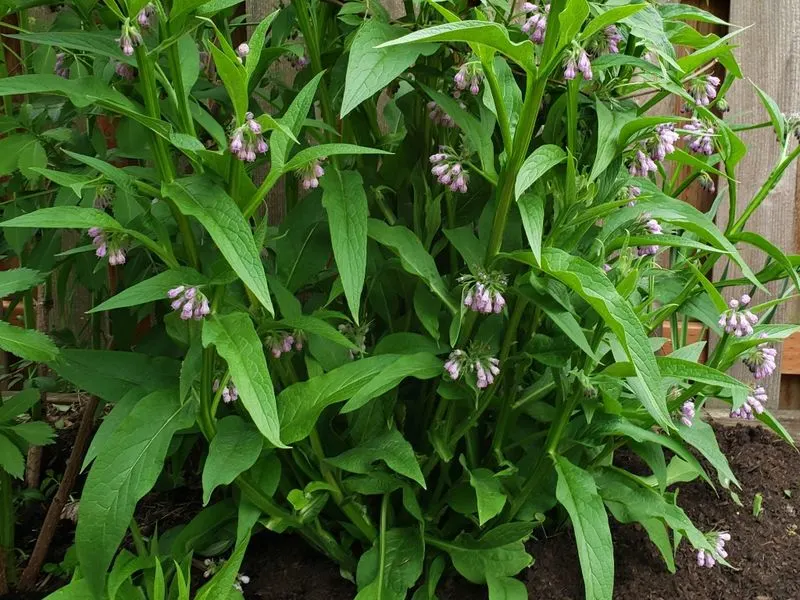
Comfrey is a robust perennial that adores Zone 5 gardens. Its large, fuzzy leaves create a lush green display, thriving in the cool climate. Comfrey has been used for centuries in herbal remedies, thanks to its healing properties.
In the garden, comfrey acts as a natural fertilizer, drawing nutrients from deep in the soil and enriching the top layer. This makes it a fantastic companion plant. However, be cautious; it can spread vigorously if not managed.
Consider using comfrey in compost tea to boost plant health. Its resilience makes it a gardener’s ally.
Lovage
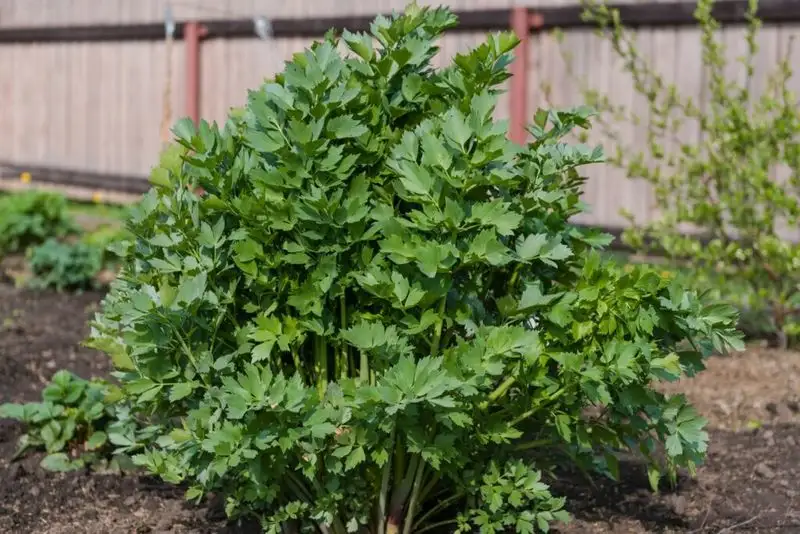
With its celery-like taste, lovage is a versatile herb that thrives in Zone 5. Standing tall with hollow stems, it adds a bold vertical element to gardens. Lovage’s aroma is reminiscent of parsley and celery, offering a refreshing scent.
Its leaves and seeds are culinary delights, perfect in soups and salads. Lovage prefers rich, well-drained soil, and while it enjoys sunlight, light shade won’t hinder its growth.
Historically, lovage was considered a love potion in medieval times, adding a romantic twist to its charm. Embrace its height in your herb patch!
Sorrel
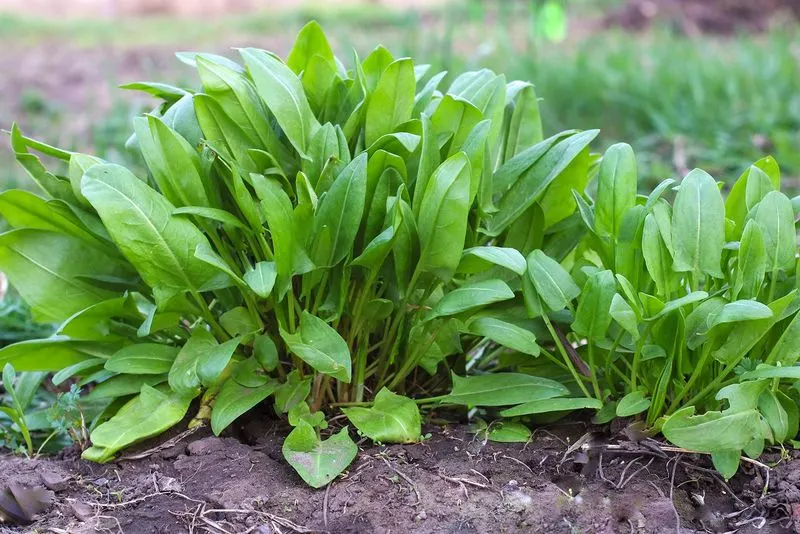
Sorrel is an underappreciated gem in Zone 5 gardens, boasting a tangy, lemony flavor. This perennial herb thrives in cooler climates, where its vibrant leaves flourish.
Sorrel pairs beautifully with fish dishes and can elevate a simple salad with its citrus notes. It prefers moist, well-drained soil, and a sunny to partially shaded spot.
Fun fact: Sorrel was widely used in ancient Roman cuisine for its refreshing taste. Its adaptability and flavor make it a delightful addition to any gardener’s repertoire.
Angelica
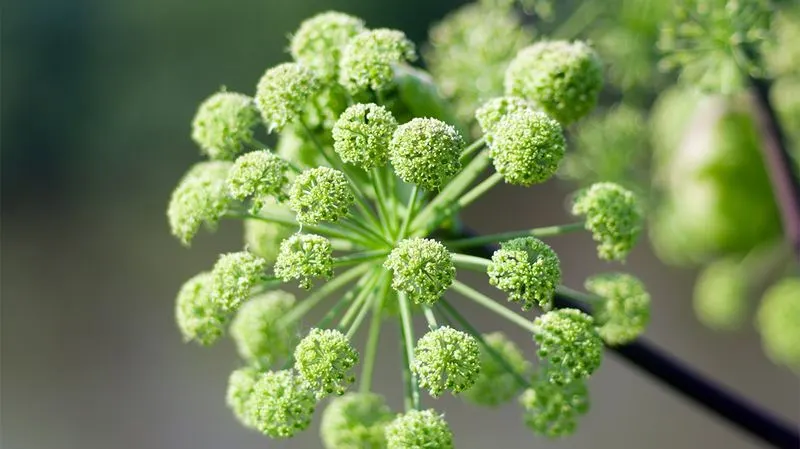
Angelica brings elegance to Zone 5 gardens with its towering stems and distinctive, umbrella-like flower clusters. This stately herb flourishes in partial shade, providing a stunning visual appeal.
Both its stalks and seeds are used for flavoring in liqueurs and confections. Angelica’s roots delve deep, nourishing the plant and supporting its impressive stature.
However, beware of its invasive nature; it’s essential to manage its growth carefully. With its historical use in ancient medicine, Angelica adds both beauty and intrigue to herb gardens.
Roman Chamomile

Roman Chamomile offers a charming ground cover with its dainty, daisy-like blooms. Thriving in Zone 5, this herb is perfect for creating a fragrant carpet in gardens. Its calming scent is known for soothing teas and aromatic oils.
Chamomile prefers well-drained soil and full sun but tolerates partial shade. Regular trimming encourages more blooms, enhancing its visual appeal.
Historically, Romans used chamomile to ward off fatigue, adding a historical layer to its allure. Embrace its comforting aroma and gentle beauty in your garden space.
Elecampane
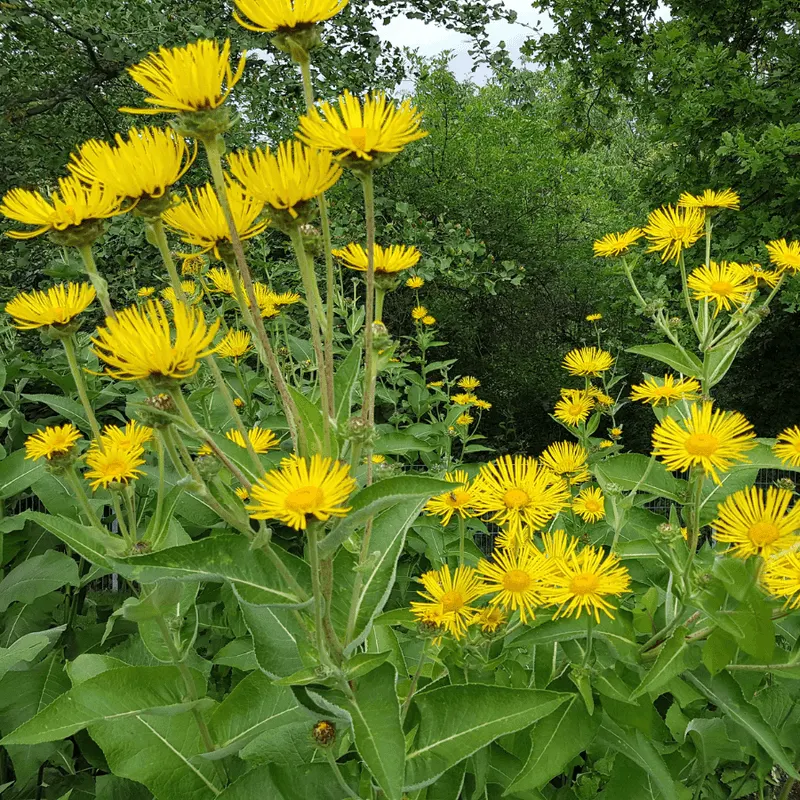
Elecampane stands out in Zone 5 gardens with its striking yellow flowers and towering height. Known for its medicinal roots, this herb thrives in well-drained soil and full sun.
Its roots have been used for centuries as a remedy for respiratory ailments, adding a practical element to its beauty. The plant’s large leaves provide a lush backdrop, supporting its vibrant blooms.
While it’s a hardy addition to any garden, elecampane can become dominant, so regular maintenance is key. Its historical use and striking appearance make it a garden favorite.
Marshmallow

The marshmallow plant, with its soft pink flowers, thrives in the moist soils of Zone 5 gardens. This perennial herb is famous for its roots, historically used to create the confection we all know and love.
Its adaptability to wet environments makes it ideal for areas with high moisture. Marshmallow’s leaves add a lush texture, enhancing the garden’s aesthetic.
Its soothing properties extend beyond its roots; marshmallow leaves are also used in herbal teas for their calming effects. Embrace its versatility and rich history in your garden.
Winter Savory
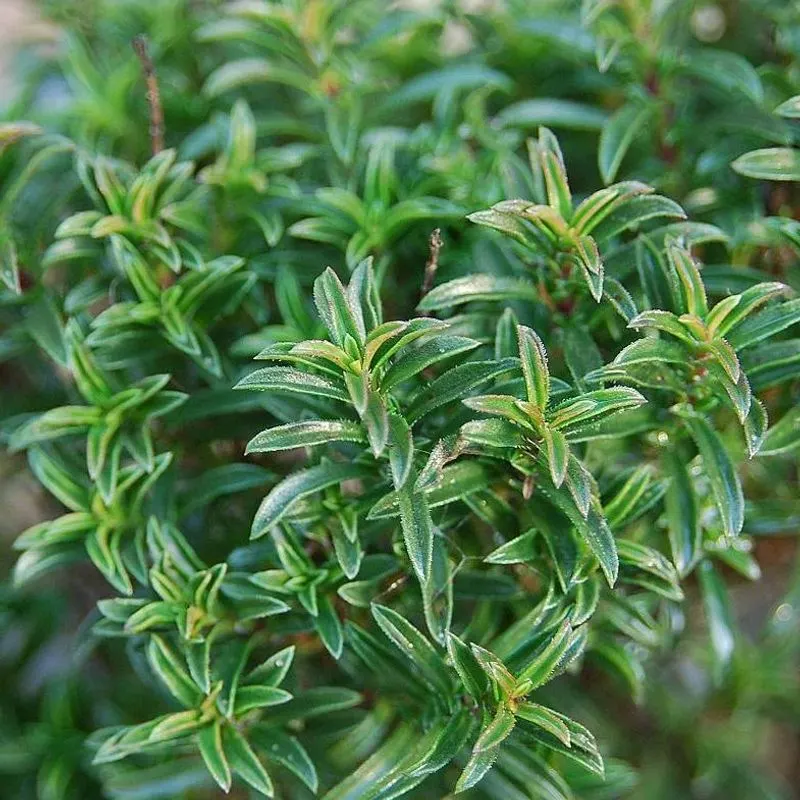
Winter Savory is a resilient herb that brings flavor and charm to Zone 5 gardens. Its small, dark green leaves are perfect for seasoning meats and vegetables, offering a peppery punch.
This perennial thrives in well-drained soil and full sun, making it a reliable garden staple. Winter Savory’s white flowers add a delicate touch, contrasting beautifully with its dense foliage.
Did you know? In ancient times, it was believed to boost love and courage. Its culinary versatility and robustness make it a must-have for herb enthusiasts.
Basil
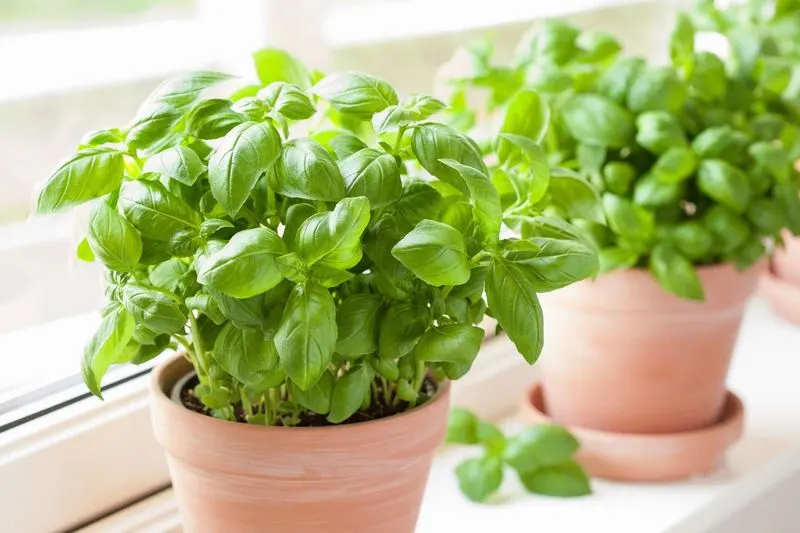
Basil, while adored in kitchens worldwide, struggles in Zone 5 gardens. This tender herb prefers warm temperatures and sunny spots, which can be challenging in this zone.
Basil’s aromatic leaves are a culinary staple, enhancing dishes from salads to pastas. Despite its struggles, with proper care, it can survive and even thrive in pots or protected areas.
Consider growing basil indoors or in greenhouses to extend its life. Its rich scent and flavor remain unmatched, despite its finicky nature in colder climates.
Rosemary
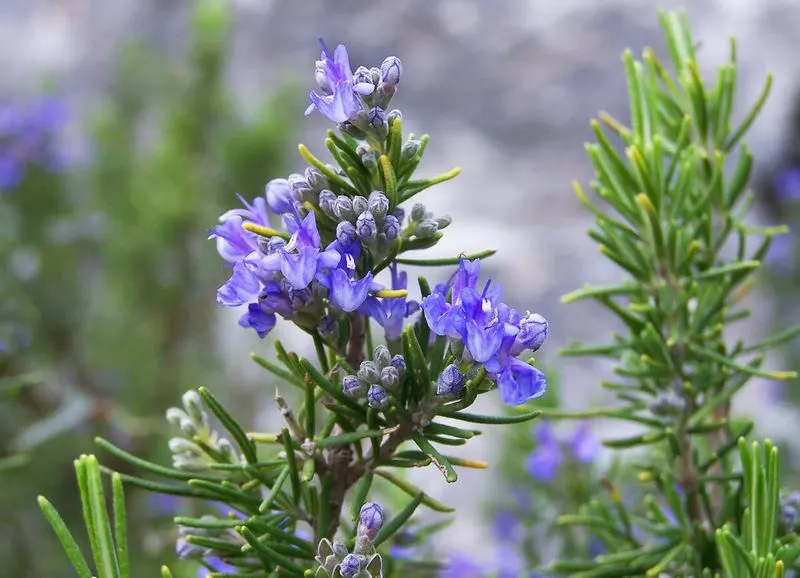
Rosemary is beloved for its aromatic needles and woody stems, but Zone 5’s cold winters pose a challenge. This perennial herb thrives in milder climates, requiring protection from harsh frosts.
In gardens, rosemary’s scent is invigorating, adding flavor to meats and breads. To succeed in Zone 5, consider planting in pots that can be moved indoors during the winter months.
Its resilience in warmer areas contrasts with its struggle in colder zones, but with effort, rosemary can still bring its delightful aroma to your herb collection.
Sage

Sage is a kitchen favorite, often struggling in the frosty embrace of Zone 5. This perennial herb prefers warmer, dryer climates, making cold zones a challenge.
Its silvery leaves are a culinary delight, perfect for poultry and stuffing. In Zone 5, sage requires protection and careful placement to thrive.
Growing in pots or using mulch can help insulate against the cold. Despite its struggles, sage’s timeless flavor and historical significance keep it a beloved herb in many gardens.
Lemon Balm
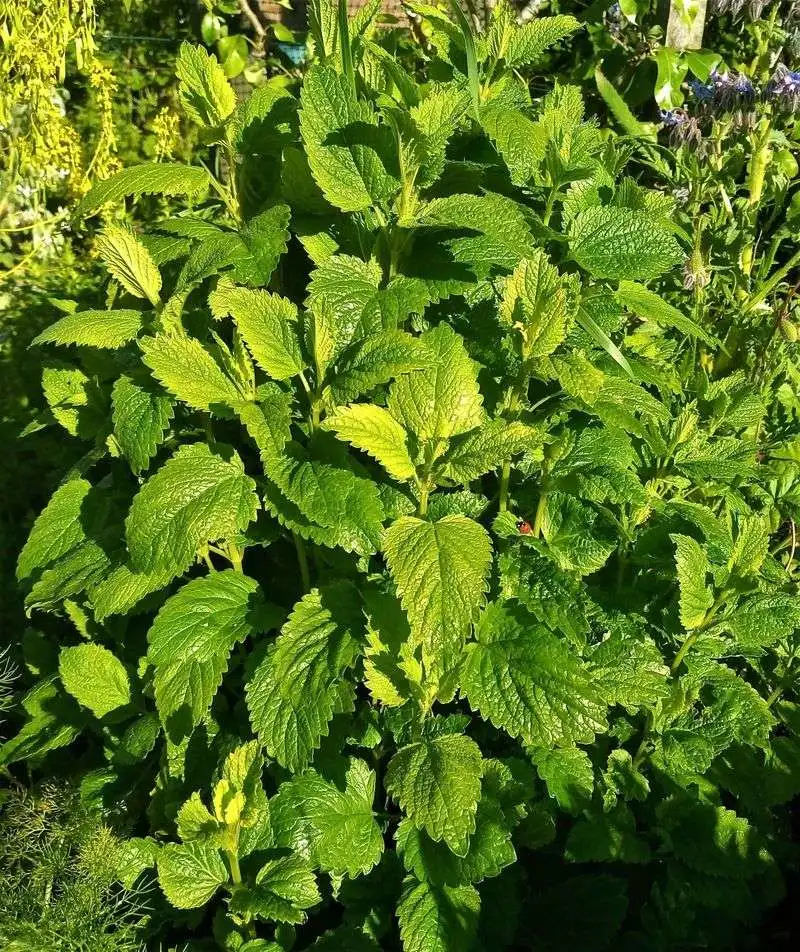
Lemon Balm’s citrus scent is uplifting, but Zone 5’s chilly climate often leaves it wilting. This perennial herb loves warmth and struggles with frost.
Its leaves are used in teas and essential oils, offering a refreshing flavor and aroma. To help it survive, consider planting in containers that can move indoors during colder months.
Despite its challenges, Lemon Balm brings a burst of fragrance and flavor to any garden, rewarding the extra care with its delightful presence.

